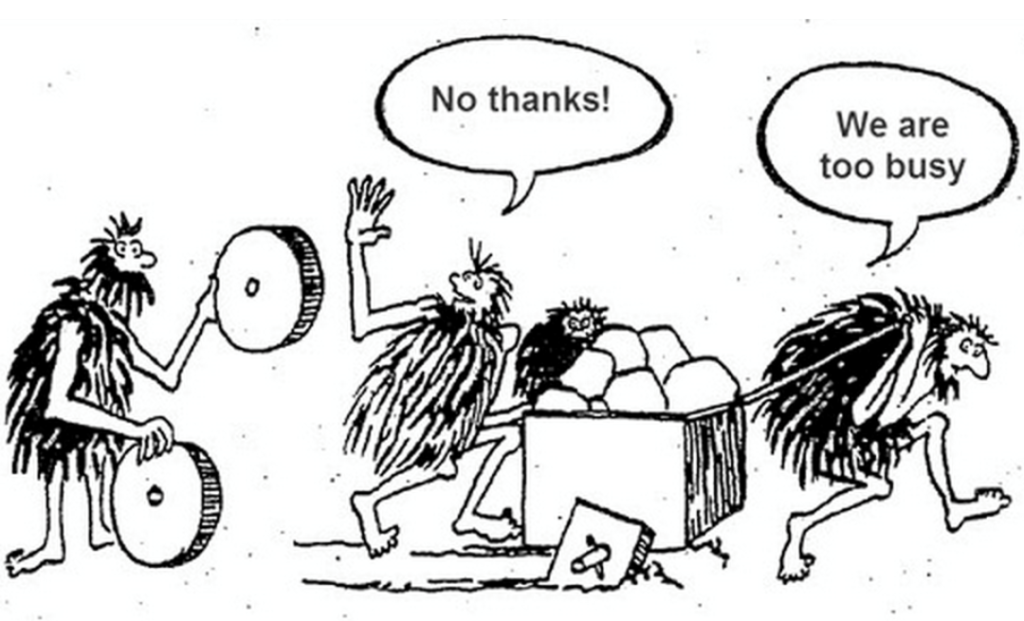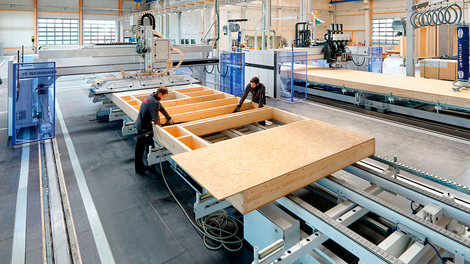Good innovations for the construction industry can come from anywhere, but they are often the result of a combination of hard work, creativity, and luck. If you are looking to innovate, it is important to be open to new ideas, to be willing to take risks, and to be persistent in the face of challenges.

For many in our industry, they look at innovation as just another expense they don’t need or can’t afford but innovation is crucial to the continuing success of any organization, including modular, manufactured and offsite factories.
Identifying a good innovation is easier than you might think. Here are 9 things to look at when someone visits your office or meets you at a trade show trying to get you to buy into the “latest and greatest innovation” for your factory.

A good innovation must be:
Original
Is it a new idea or concept that is not a copy of something else? If it’s just an improvement on a mediocre idea or concept, that’s not an innovation.
Viable
It is a solution to a real problem that people are willing to pay for. An idea without a problem to solve is pretty much worthless. Beware of anyone peddling a solution to something that isn’t causing you any pain. There are a lot of Green and Sustainable product and service innovations in this list.
Scalable
Can it be easily replicated and expanded to meet growing demand? Many innovators have sunk a lot of money into their ideas but actually being able to produce it in enough quantity become problems for other people. Don’t be sucked into investing in an innovation that can’t be massed produced.
Profitable
Has it shown a positive return on investment? If an innovation continually has to have round after round of investors pouring money into it to bring it to fruition, maybe the only people making any money it are the innovators themselves.
Sustainable
Is it proven to be environmentally friendly and can be maintained over the long term? It’s OK not being one of the first companies to jump on someone else’s idea. Waiting to see if it delivers what it promises can be your best option.
User-Friendly
Is it easy to use and understand? I like using BIM as a prime example of something that isn’t user-friendly. Many companies have bought into BIM only to find out that it can require more expertise to install and maintain it than the company can afford. In some cases, factories and developers that drank the BIM koolade before they did their due diligence have since stopped using it.
Timely
Has it been released at the right time for your company to capitalize on it? Many companies have real problems they can’t fix internally and if a good innovation comes along to solve one of them, you just may want to jump on board.
Well-Marketed
Has the innovator promoted it effectively to reach its target? An innovator may have a great idea but lacks enough money to promote it the companies that could use it. Every week we all have someone emailing us about a new product that will either save you money or make you a lot of money. Then you go to their website and find a one- or two-page website filled with renderings and no real products.
Well-Managed
Has it been implemented and maintained effectively? Is there a track record of successful installations and references you can contact? The innovator may only have a couple of customers, but it should make you eager to join in if they are happy and report good results and service.

Modcoach Note: Be wary of innovators that continue to make round after round of calls for new investors over a long period of time.

Gary Fleisher, the Modcoach



